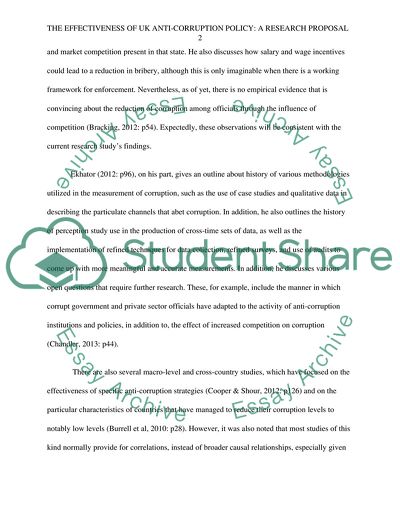Cite this document
(“The Effectiveness Of UK Anti-Corruption Policy A Research Proposal”, n.d.)
The Effectiveness Of UK Anti-Corruption Policy A Research Proposal. Retrieved from https://studentshare.org/law/1637964-the-effectiveness-of-uk-anti-corruption-policy-a-research-proposal
The Effectiveness Of UK Anti-Corruption Policy A Research Proposal. Retrieved from https://studentshare.org/law/1637964-the-effectiveness-of-uk-anti-corruption-policy-a-research-proposal
(The Effectiveness Of UK Anti-Corruption Policy A Research Proposal)
The Effectiveness Of UK Anti-Corruption Policy A Research Proposal. https://studentshare.org/law/1637964-the-effectiveness-of-uk-anti-corruption-policy-a-research-proposal.
The Effectiveness Of UK Anti-Corruption Policy A Research Proposal. https://studentshare.org/law/1637964-the-effectiveness-of-uk-anti-corruption-policy-a-research-proposal.
“The Effectiveness Of UK Anti-Corruption Policy A Research Proposal”, n.d. https://studentshare.org/law/1637964-the-effectiveness-of-uk-anti-corruption-policy-a-research-proposal.


